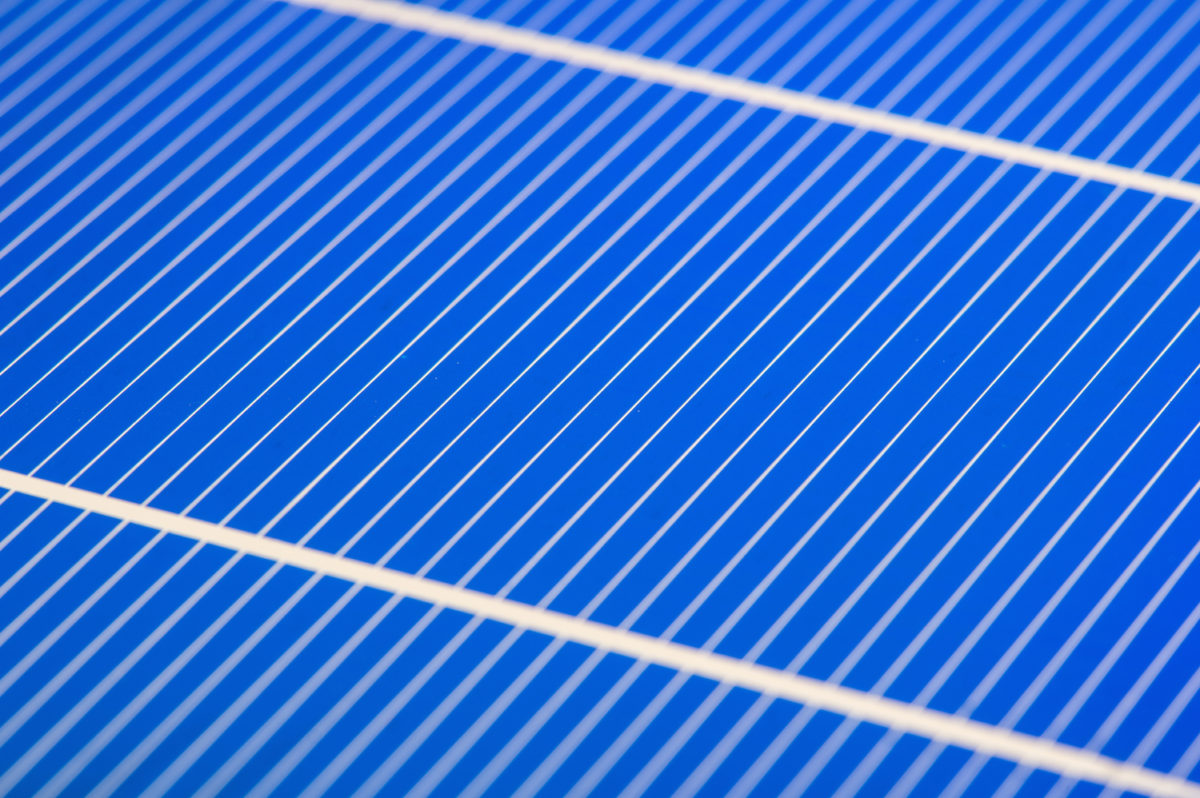Chinese polysilicon producer and PV cell maker Tongwei Solar will acquire a 30% share of Longi Green Energy Technology’s 15 GW monocrystalline wafer factory in northwestern China’s Ningxia region, while giving up an equal stake in its own crystalline silicon factory in Inner Mongolia, according to the group’s chairman.
In a dialogue co-moderated by pv magazine ahead of SNEC 2019 in Shanghai, Liu Hanyuan — chairman of the Tongwei Group — revealed that it has signed the cooperative arrangement with Longi, to strategically support each other’s supply chains. He did not reveal any additional terms for the deal, which follows a polysilicon supply deal between the two last year.
Tongwei, which can produce 50,000 tons of high-purity crystalline silicon at its facility in northern China’s Inner Mongolia region, has also agreed to purchase at least 75% of Longi’s wafer output, with the wafer giant promising to do the same in return for the Hefei-based group’s polysilicon business.
As the largest mono player in the global market, Longi’s monocrystalline wafer capacity reached 28 GW by the end of 2018. It aims to expand production to 36 GW within the next year. Tongwei, meanwhile, was producing 80,000 tons of polysilicon and 12 GW of solar cells per year by the end of last December.
In May 2018, Longi — which is based in Xi’an, Shaanxi province — agreed to buy 55,000 metric tons of polysilicon from Tongwei through the end of 2020. Their latest tie-up underscores the efforts made by the two companies to stabilize their respective supply chains. Last summer, Tongwei appeared undaunted by changes to China’s solar PV policy, as it announced plans to increase it PV cell manufacturing capacity from 6 GW to 12 GW by the end of 2018, and to 20 GW by the end of 2019.
More recently, in October 2018, Tongwei’s R&D manager, Andy Chin, told pv magazine that the company remained committed to the development of bifacial and passive emitter rear contact technology, in addition to its growing focus on a range of more efficient alternatives, including heterojunction and tunnel oxide passivated contact (TOPcon) technologies. Chin also said that Tongwei planned to expand its cell and module production capacity to 30 GW by 2020, as part of a $1.8 billion investment plan it first revealed in late 2017.
This content is protected by copyright and may not be reused. If you want to cooperate with us and would like to reuse some of our content, please contact: editors@pv-magazine.com.



1 comment
By submitting this form you agree to pv magazine using your data for the purposes of publishing your comment.
Your personal data will only be disclosed or otherwise transmitted to third parties for the purposes of spam filtering or if this is necessary for technical maintenance of the website. Any other transfer to third parties will not take place unless this is justified on the basis of applicable data protection regulations or if pv magazine is legally obliged to do so.
You may revoke this consent at any time with effect for the future, in which case your personal data will be deleted immediately. Otherwise, your data will be deleted if pv magazine has processed your request or the purpose of data storage is fulfilled.
Further information on data privacy can be found in our Data Protection Policy.